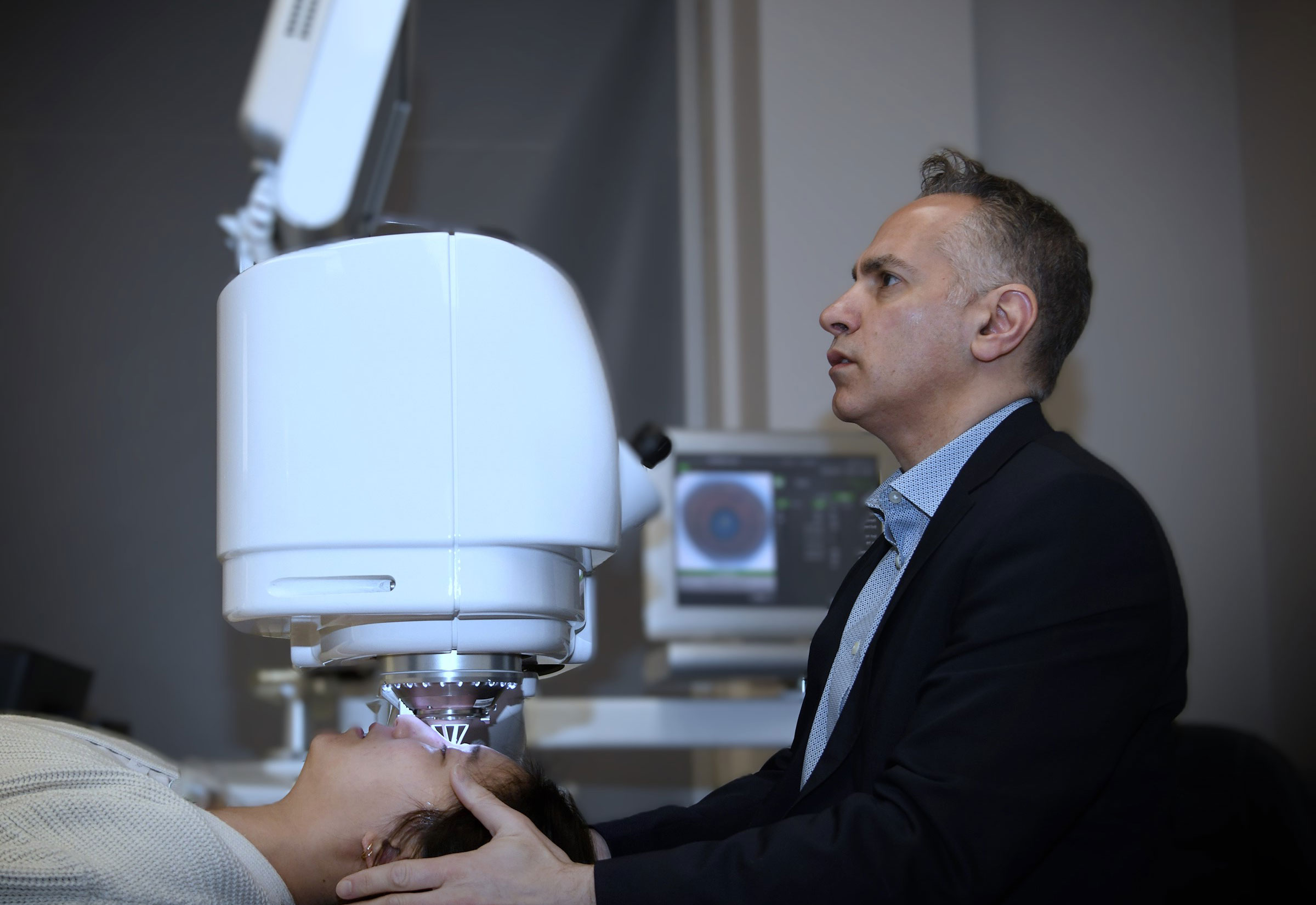What We Do
Life is About Your
VISION in the World
- Successful Reputation
- Advanced Technology
- Award-Winning Recognition
Thousands of people have changed their lives forever thanks to Emara Laser Eye Centers. They have reduced their dependency on glasses as well as the hassle, expense, inconvenience and compromises associated with corrective lenses.

Our Team
Meet the Team
Our Professionals
- Award-Winning Ophthalmologist
- State-of-the-Art Facility
- Competitive Pricing
With over 20 years of experience in laser vision correction, Dr. Emara and staff are excited to guide you through this life changing procedure.
Windsor
Spitfires
Visit Us: windsorspitfires.com

